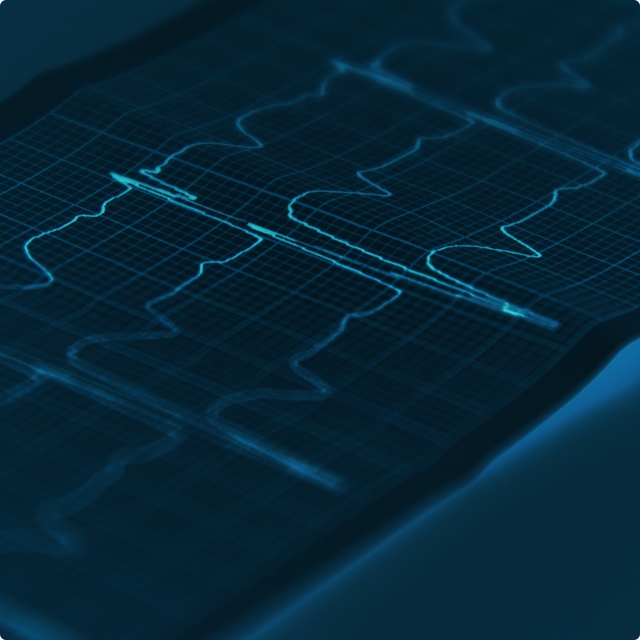The following three projects support the FDA’s Office of Counterterrorism and Emerging Threats (OCET) in understanding how the Sentinel System may be useful to study medical countermeasure (MCM) safety and effectiveness and to provide a valuable baseline for comparison during a public health emergency. We will evaluate the capture of ordinal endpoints and treatment information using influenza as a use case. In March 2020, as noted below under Activity 3, the focus was extended to COVID-19.
Activity 1: This descriptive analysis will query the Sentinel Distributed Database to determine the feasibility of capturing meaningful ordinal endpoints for a subset of patients, using an influenza scenario to serve as a proxy for public health emergency events. This activity will describe individuals with influenza-like illness (ILI), pneumonia and influenza, and medically attended acute respiratory illness during three prior influenza seasons. For the ILI cohorts, treatment with an influenza antiviral in the outpatient setting will also be assessed.
Activity 2: The objective of this methods activity is to determine whether there is evidence of residual confounding in the association between influenza antiviral(s) and influenza complications in observational studies. First, we will compare study results to estimates derived from randomized controlled clinical trials, with the goal of replicating the known association shown in clinical trials. Second, the SOC will conduct analyses using a negative control period as well as a negative control endpoint to evaluate its analysis model.
Activity 3: This descriptive analysis is similar to Activity 1 but will be set solely in the inpatient setting using electronic health record (EHR) data. The project will assess baseline characteristics, treatment, and endpoints among patients hospitalized with ILI. In March 2020, FDA requested that COVID-19 cohorts be added to the activity.
Activity 1 and 3 ordinal endpoints include hospitalization, intensive care unit stay, mechanical ventilation, ECMO, and in-hospital death.
Activity 2 outcomes include all-cause hospitalization, hospitalized pneumonia, respiratory antibiotic use; the negative control is non-vertebral fractures.

